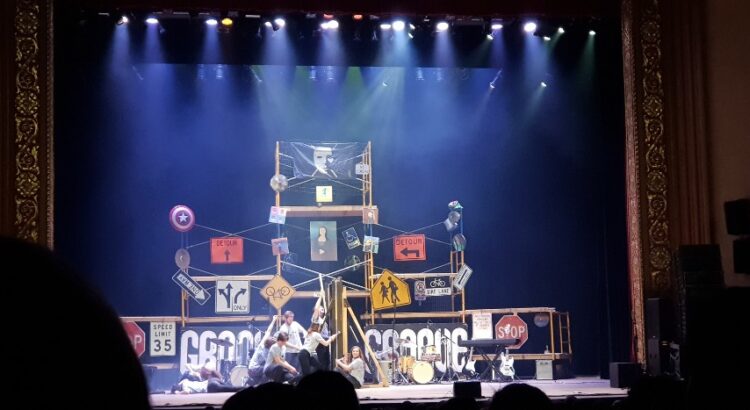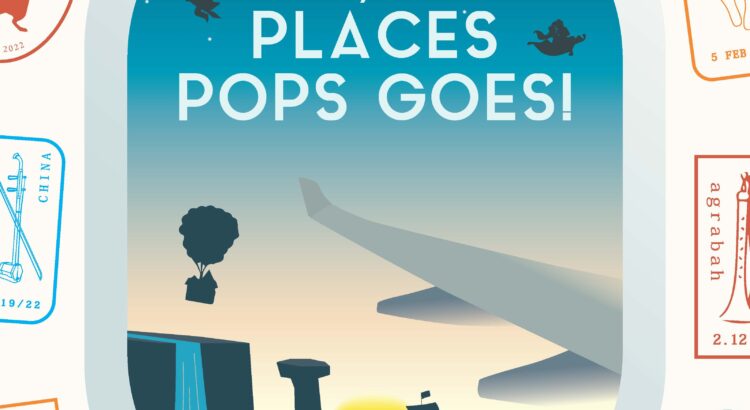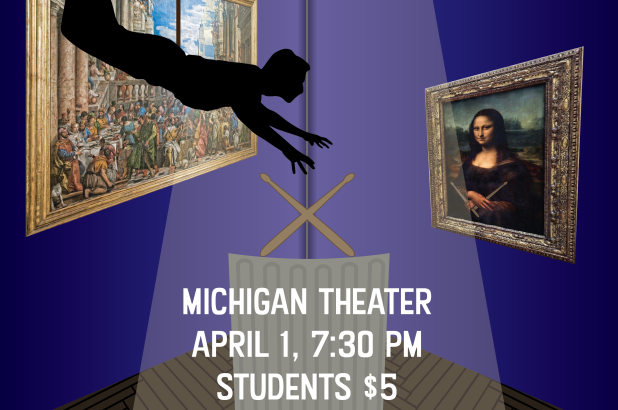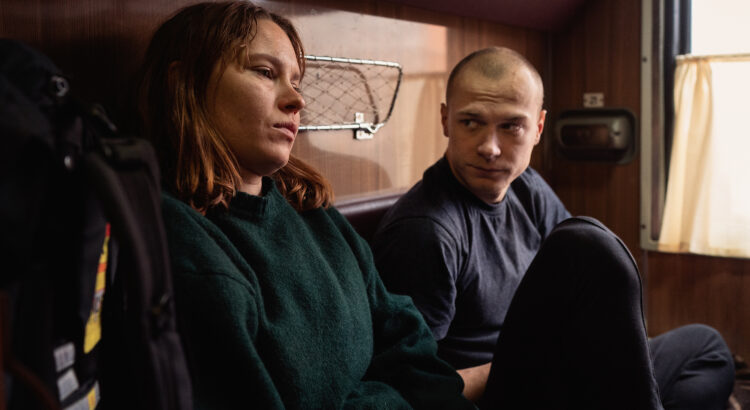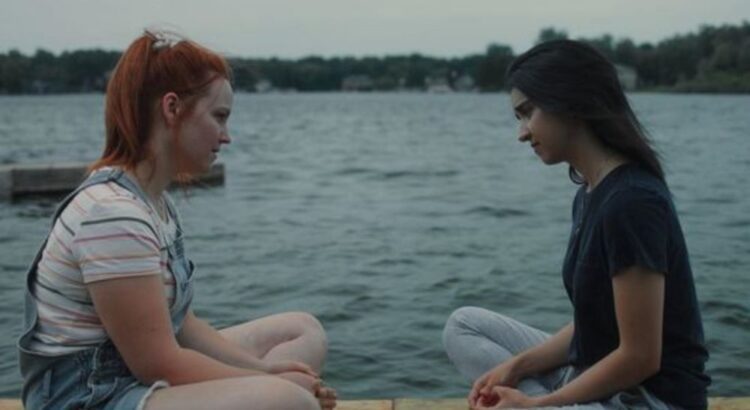I admire Groove’s creativity.
On the night that the Groove declared that they will rob the Louvre(!), the Michigan theater where the viewers would be the witness this exciting heist was filled up with the crowd. The performance was highly enjoyable because, fundamentally, the performances sounded so good! Groove is a student organization known to create amazing beats out of untraditional percussion instruments such as trash cans, plastic buckets, or anything they can beat! It was amazing how the Groove used different percussion that did not sound the same – each has a different pitch, so instead of the sounds crumbling altogether, they came together to create an exciting harmony.
Yeah, everyone knows that Groove sounds amazing, but I was wondering from my prior experience from watching their shows consisting of short performances focused solely on sounds about how they will link diverse percussion performances into a 2-hour show with theme and storyline. As always, Groove’s creativity was way ahead of me. The general storyline was that Groove had decided to rob the Louvre as a bonding activity, and each performance represented what happened during the planning of the heist, the incident they had on France, and how they finally went through all the challenges and stole Monariza. As for the story, short dialogues were inserted between shows while the stage settings were being changed. This was a smart, strategic choice not only because it prevented the audience from being bored during the pause but also because it overcame the percussion performance’s difficulty to convey the story due to the lack of lyrics in the music.
The show was well structured: as the story unfolded, the scope of their performance became wider as well. The performance started with purely percussion sounds – the ones we would expect from a typical groove performance(wait, groove performance is never typical!). Also, the performance offered interesting visual scenes while the percussion was being played – my personal favorite was where they were making music in a kitchen scene where the icebox was used as the main beat while other small kitchen utensils and cooking process, including the popping of the egg as the highlight, were added on top of it. Both visually humorous and sonically exciting, this scene was truly enjoyable. Then the wider range of performances joined on top of the beat, such as dancing or the display of talents of the members including receiving a jelly thrown across the stage by the mouth. Then, the range of instruments widened to include strings and horns, returning to percussion performance in the end. This not only showed how talented each individual of Groove is but also proved that Groove’s ability to coordinate music is not bounded to percussion.
Alas, I almost forgot to mention the incredible stage design! Stage made out of iron bars that had fake Monariza on it definitely highlighted the ‘Louvre’ part while going so well with the exciting, raw vibe of Groove’s music. In all, I really appreciated the pure creativity that Groove had enchanted us with during the two-hour show.

